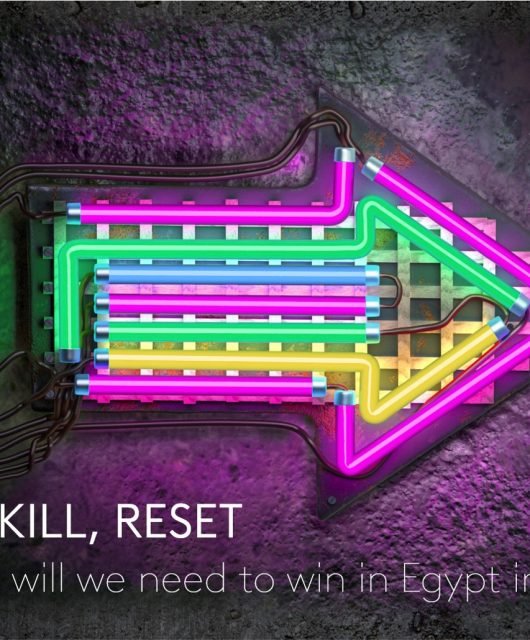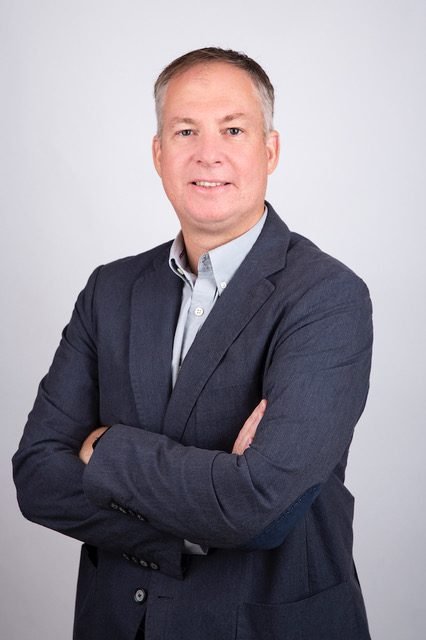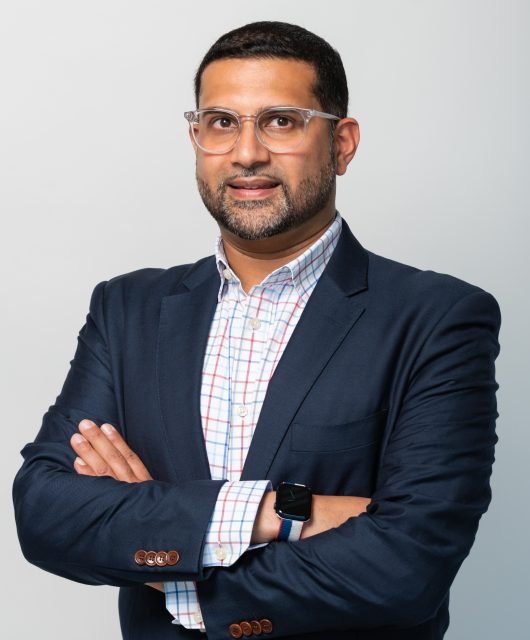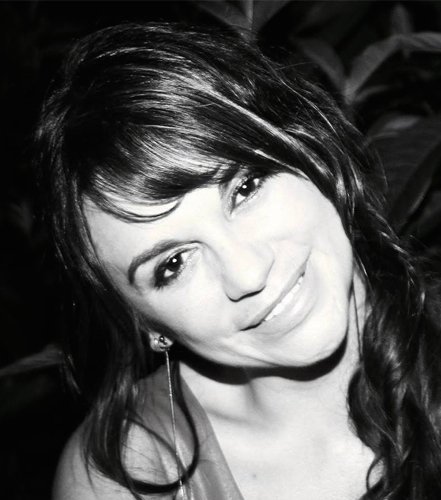Why Communities Built On Purpose Is Great For Your Brand, By Accenture Song’s Kristine Lasam
It’s 10.41 in the morning and I am idly sitting at Bravo Beach Resort having just enjoyed a hearty breakfast and now taken to watching people from all over the world—families, groups of friends, young and old couples and a handful of lone individuals enjoy theirs. The place is teeming with people and the kitchen is bustling with orders coming in. Conversations are overheard against the backdrop of a well-curated playlist; a chill-out one meant to accompany the breathtaking view of the bluest skies, cotton-candy white clouds and the gleaming, beaming sun characteristic of Siargao. It’s been three years since the pandemic—and Siargao Island has withstood both the debilitating effects of Covid-19 and a super typhoon, Odette from fifteen months ago.

I have not been on the island since 2019 and I have spent about 10 days here observing; witnessing the effects of the two vicious crises that hit the island and its people. I have driven past resorts, coffee shops and surf clubs I have gone to and known since 2013—some of them are but a sad remnant of what they used to be while others are remarkably solid, built better than they were, pre-pandemic, pre-Odette.
As an impartial observer, I have a periodic mental picture of myself throwing my fist in the air in jubilation for every time I see a resort, a shop or any business for that matter rebuilding—creating. As someone who is very much a part of this community, I find myself humbled by the resilience of its people and its leaders, from both the public and private sectors alike. I have also found myself in absolute awe of the magnitude of nature, in its capacity to both destroy and create as I listened intently to friends and random strangers (split between families and business owners) recount the last calamity they have experienced and withstood.
Lastly, as a long-time brand enthusiast and marketer—I give pause to look at the remarkable ability of the island to bounce back and welcome tourism traffic greater than its height in 2019—when both Conde Nast Traveler and Time Magazine declared it as the top island in the world and one of the world’s greatest places to visit respectively. As I sat here and observe, my salient take-away is as follows:
the crises brought the community together on one singular purpose—to help and care for each other, deeply.
This commitment shows in how they are rebuilding the island–from its homes to its livelihood, from the tenacity and resilience embodied by its people; to the care and the reverence they now give to nature growing in wild abundance.
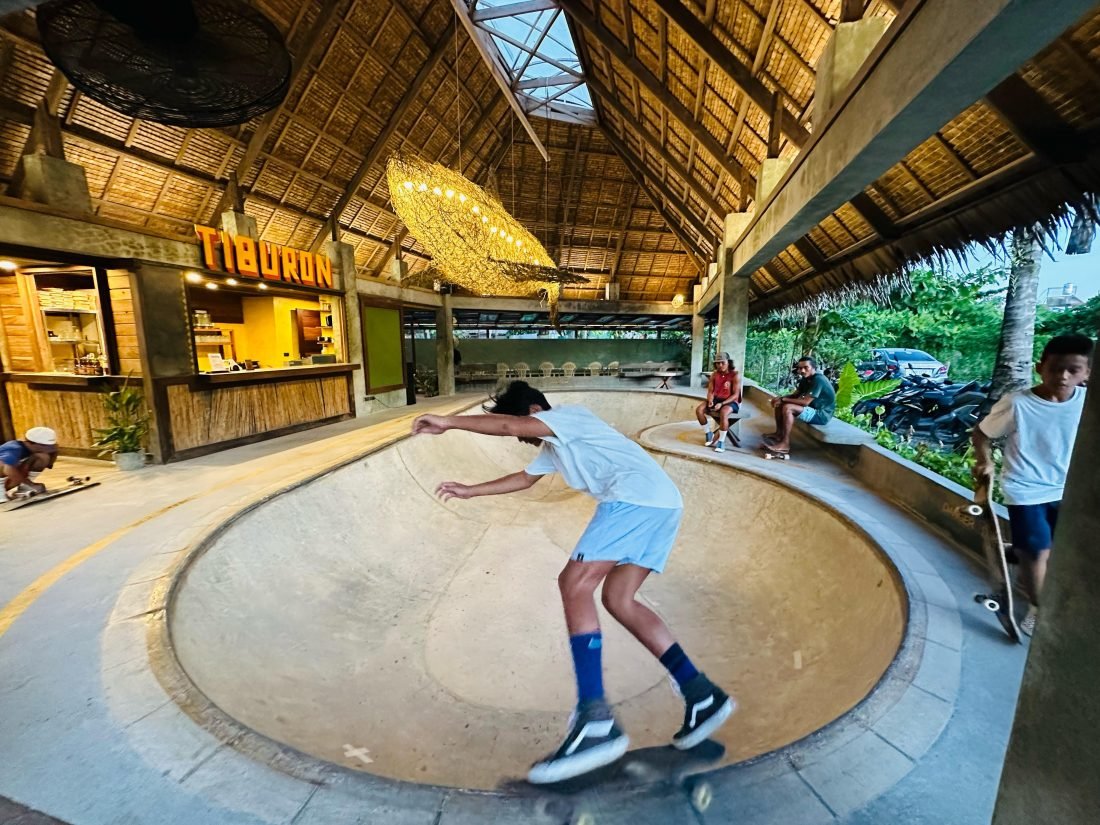
The world is no longer as we know it—people are looking inward for purpose and meaning. It comes as no surprise that companies spanning the globe are turning inward too. In Cannes Lions last year, one of the key emerging themes (apart from the commonly known ones such as data and technology or sustainability) included business transformation, and rightfully so. It’s the ability for companies and its leaders to think out of convention, to reach for solutions that are founded even more so on people, even more so on forging stronger communities working as one. It is now seen as a solid c-suite business strategy—graduating from its long-standing role as a marketing strategy or channel.
We have seen 2021 usher in CHROs and people engagement leads in the roster of the most coveted decision-makers and buyers for creative effectiveness. The scope of work includes developing powerful storytelling that inculcates the ethos of the company to its people. The objective is to build the stronghold of community—firstly amongst its people. They needed to equip themselves with ways to combat attrition. Talented people are needed to run great businesses—but talented people are unequivocal about their need for purpose, for soul-led work. And purpose is what builds great, robust and engaged communities that make any brand sing and resonates to an even greater, more loyal and devoted audience. It’s a proven exponential multiplier for brand value, but most companies build for the sake of building and not necessarily for what they can truly do for its communities.
Community is what gives us a sense of connection—built on meaning and belonging. I have seen this in a hospitality operator like Bravo Beach Resort in Siargao. It’s founder Alex Gari has developed a portfolio of businesses that originated from a sense of community. Firstly, creating a space for surfers. When the pandemic hit—they catered to their community longing for safety and connection; the guests that were stranded on the island and employees fearing for the loss of their livelihood and the ability to feed their families. They have quickly reworked their rates, giving their guests flat monthly fees and creating avenues for camaraderie when the isolation hit; and it is important for all of us to remember how that felt. He recalibrated his business and provided care for its people, giving them food subsidies as part of their packages.
Alex wanted them to feel that they are part of something greater than just working for a hospitality company—community runs through their veins, and you can see it in the way they see to every guest. His resort features a skate bowl taking up precious real estate in the boutique resort that he runs. He built it anyway. What’s the reason? He built it for the skating community, intrinsic to the surfing community he supports. He created and built Siargao Green Artisans—a venue for local crafts people to showcase their work; quality furniture made from local resources including remnants of local wood recovered from various construction sites in Siargao and cement made from crushed glass from empty bottles they have collected. His group also built a solid distribution business that also serves its competitors. This is affinity—a pillar of what makes a community thrive. And I have witnessed all of these in a boutique operator like Bravo and in a remote island like Siargao.
Real community is built on purpose—it is more than just a brand strategy; and it is even greater than a business strategy. It’s the resonance that you seek and always desire to have, a true driver of growth. It’s the relevance that makes any brand—any company stand the test of time, pandemics and calamities included.

